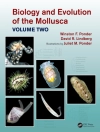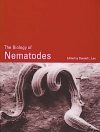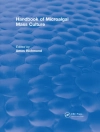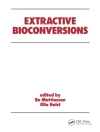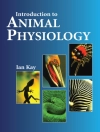More then 20 years have passed now since the first recombinant protein producing microorganisms have been developed. In the meanwhile, numerous proteins have been produced in bacteria, yeasts and filamentous fungi, as we Il as higher eukaryotic cells, and even entire plants and animals. Many recombinant proteins are on the market today, and some of them reached substantial market volumes. On the first sight one would expect the technology – including the physiology of the host strains – to be optimised in detail after a 20 year’s period of development. However, several constraints have limited the incentive for optimisation, especially in the pharmaceutical industry like the urge to proceed quickly or the requirement to define the production parameters for registration early in the development phase. The additional expenses for registration of a new production strain often prohibits a change to an optimised strain. A continuous optimisation of the entire production process is not feasible for the same reasons.
J.A. Cole & C. Lang
Recombinant Protein Production with Prokaryotic and Eukaryotic Cells. A Comparative View on Host Physiology [PDF ebook]
Selected articles from the Meeting of the EFB Section on Microbial Physiology, Semmering, Austria, 5th-8th October 2000
Recombinant Protein Production with Prokaryotic and Eukaryotic Cells. A Comparative View on Host Physiology [PDF ebook]
Selected articles from the Meeting of the EFB Section on Microbial Physiology, Semmering, Austria, 5th-8th October 2000
Beli ebook ini dan dapatkan 1 lagi PERCUMA!
Bahasa Inggeris ● Format PDF ● ISBN 9789401597494 ● Penyunting J.A. Cole & C. Lang ● Penerbit Springer Netherlands ● Diterbitkan 2013 ● Muat turun 3 kali ● Mata wang EUR ● ID 4655619 ● Salin perlindungan Adobe DRM
Memerlukan pembaca ebook yang mampu DRM


